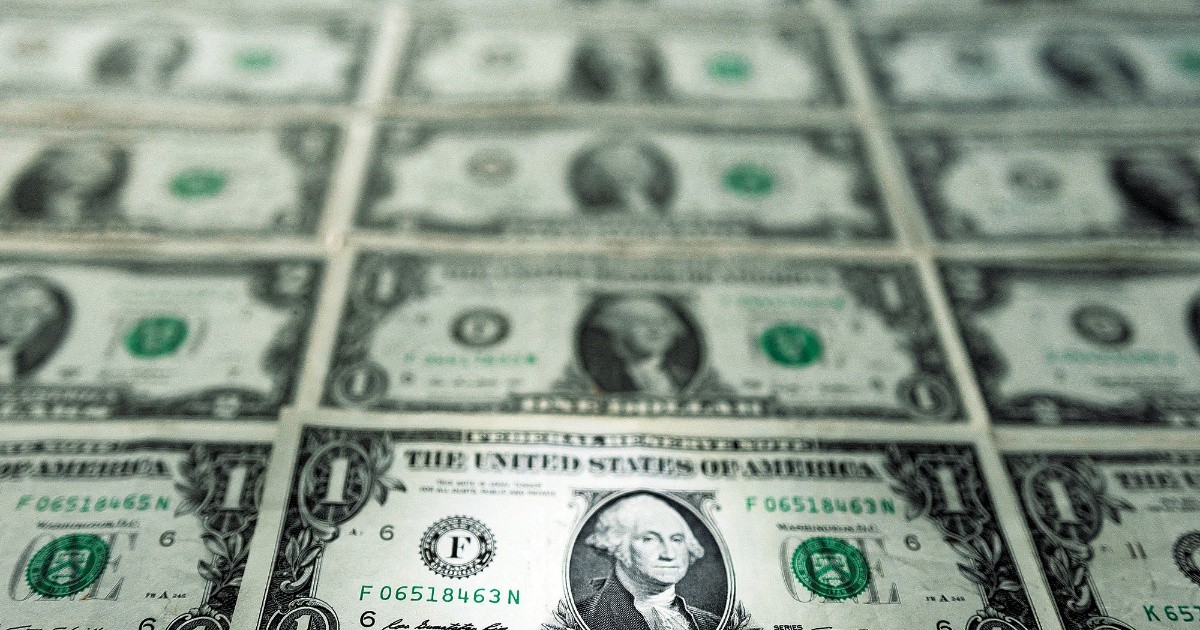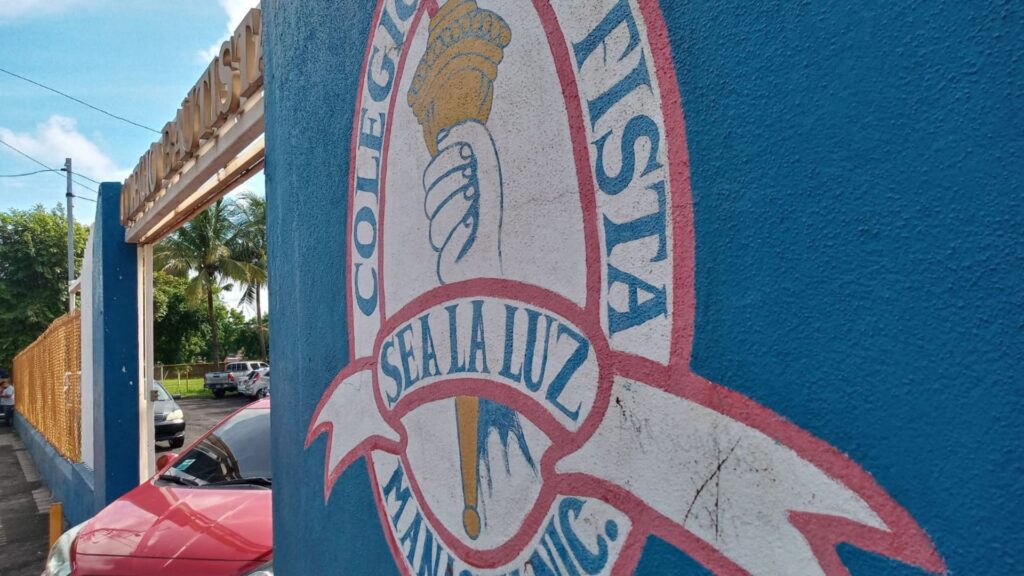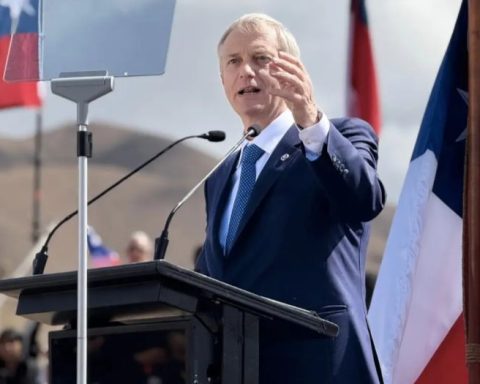According to BofA Securities, not all inflation in Mexico is due to external issues and, despite low economic growth, prices will continue to rise, driven by the combination of lower production capacity and large amounts of remittances.
In a report entitled “Mexico has a local inflation problem”, the investment bank’s analysis area indicated that internal inflation (defined as core) is at 5.8% per year and contributes more than 40% to general inflation. of the country, maintains an upward trend.
They highlight that, unlike the United States, the general perception (shared even by the central bank) is that the labor market in Mexico is not tight, that the country continues to produce below its pre-pandemic level and has been growing at relatively low rates, which leads them to conclude that the goods market still has some slack.
It was in the goods and labor markets that they found evidence that Mexico may be overheating, despite low growth rates, which would explain why domestic inflation is so high.
The overheating would come from a combination of supply destruction, and an increase in demand, due to the large amounts of remittances received.
Thus, we have that on the supply side, investment has been weak, since the end of 2018, to which must be added the null fiscal aid to companies during the pandemic.
On the demand side, the constant increase in the inflow of remittances may be playing an important role. Remittances increased by almost 2 percentage points of GDP.
The BofA document highlights that remittance recipients tend to be credit-constrained poor, so every dollar of remittances they receive is spent, stimulating demand.
The risks
Analysts mention as the main risk the fact that Mexico introduced two rigidities that will make inflation less flexible downwards.
One is the gasoline subsidy. They argue that when gasoline prices fall worldwide, nominal gasoline prices in Mexico probably will not fall, so that the government can recover part of the income that it has stopped receiving due to fiscal stimuli on gasoline.
The second is the indexation of the minimum wage to inflation in 2019.















